7 Fruit Trees that you can grow in your Home
If you're looking for an indoor tree that is both decorative and unique, consider fruit trees! Although many of these plants reach enormous proportions and are often best suited to permanent sunshine, there are a number of dwarf varieties that can thrive, and even bear fruit, in a large container in your living space or office.
The first and most crucial question is whether or not fruit trees can be successfully grown in a residential setting. Though difficult, this is by no means an insurmountable obstacle. Besides, the flowers of a fruit tree often have a pleasant scent, and the fruits can add a splash of colour to your decor. So it's no surprise that growing one is a popular alternative to growing traditional houseplants.
If you're interested in making an investment in one of these perennial edible plants, this blog will walk you through selecting the best plant for your environment and providing the basic care it needs to thrive for years to come.

How to Choose the Best Fruit Trees to Grow Indoors
Dwarf varieties of common Fruit Trees are the best choice for the home environment. This helps make up for the fact that most of our homes have limited height and space. Proper drainage is crucial for all your planters, similar to how it is with all indoor plants. You should think about the planter's durability in addition to its weight and size, particularly if you need to move your plant because of changes in light during the course of the year or if it needs to be replanted.
Be sure to also think about where you want to put your soon-to-be-new houseplants. Your fruit tree needs a lot of light to grow and give you a good harvest, so give this some thought.

Many indoor fruit trees are suitable as patio plants. In contrast, in colder climates, they must be brought indoors for the winter. In the summer, when there is no longer a chance of frost and it is warm enough, they can return to the outside. In the autumn, bring them inside before the nighttime temperatures fall to avoid stress on your plant. Also, spray them with a spray that kills pests, to stop them from bringing any unwanted vagrants with them. Read up more on Houseplant Pests treatment here.
Without a greenhouse, you can't expect indoor fruit trees to produce a lot of fresh fruit. But many dwarf fruit trees will give you regular small harvests if you give them the right conditions, so you can enjoy your harvest no matter how small it is.
Citrus
There are many different kinds of citrus trees for sale, from the rare Finger Lime to the more common Sweet Orange, Kumquat, or traditional Lemon Trees. Citrus is a fruit that originated in parts of tropical Asia and has since spread all over the world.
When lemons, limes, and sour oranges were brought to Europe after the Crusades, nobles and wealthy merchants liked them right away. With this, they started to grow it in almost every palace and garden in Europe, for either ornamental, medicinal, or edible reasons.
Lemons and limes commonly have sharp thorns, but there are cultivars available that don't have thorns. These are said to taste less good and produce less fruit. Some varieties of orange only have small, blunt thorns at the base of the leaves.
At the end of each stem, groups of fragrant white flowers grow. Depending on the type, most citrus trees bloom in the spring and produce fruit in the autumn and winter. Some, like lemons, limes, and kumquats, may flower and fruit at different times all year.
Why do we like it?
Citrus trees are known for their broad, glossy leaves and their adaptability to being trained into a variety of shapes and sizes. Furthermore, if you give them the right lighting conditions, you should get a steady harvest.
Overall, they produce sweetly fragrant flowers that are self-pollinating, so you won't have to worry about doing any extra work to ensure a healthy crop.

The best way to care for Citrus Plants indoors
The more light you give to your citrus tree, the better it will grow. As a result, the best spot is the sunniest window in the house. But drafts from open doors, heaters, air conditioners, or cracked windows can hurt the look of your plant.
Be certain the chosen planter has adequate drainage before watering your plants. Citrus hates sitting in soggy soil, which leads to leaf drop and brown tips on the foliage. You could say the same thing about letting the soil dry out too much. The best results will come from finding a good middle ground.
If you want your plant to produce good fruit, you must feed it. Nitrogen is often the main ingredient in a general-purpose fertilizer, and citrus trees love it. But you could also think about using fertilizer made especially for citrus trees or something that is Seaweed based, such as Kelpak. Feeding regularly is essential for success.
Olive
Olive trees have beautiful silvery-grey leaves and interestingly textured bark that make them stand out from other trees. They add a touch of individuality to any interior space as an alternative to other lush green tropical houseplants.
They provide both structure and texture to a bright living space with very little effort. Olives are evergreen trees native to the Mediterranean and parts of Africa, adding to their benefits as a waterwise plant. They can get relatively big outdoors but are found to stay at a manageable height when planted in containers. ideal for most homes.
Olives, however, won't readily fruit indoors, and if they do, it can take a couple of years if you purchase a young specimen. Though, with their beauty and ease of care, they're well worth their weight in gold.
Why do we like it?
Olive trees are perfect for a patio or a spot in your home or office that gets direct sunlight all day long. They’re also unbelievably attractive, adding style and intrigue to your space. Olive trees are also pretty easy to care for, and after the first year, become less demanding in their watering requirements.

The best way to care for olives indoors
Olive trees like it bright and should be provided with a few hours of direct sunlight to thrive, though avoid placing the plant too close to the window as this can lead to scorching of the foliage. Good airflow is also a must for a healthy, happy houseplant.
It is essential to keep olive trees well-watered for the first few months of being in your home. Allow the top two centimetres of potting soil to dry out, roughly once a week. Watering frequency can be reduced as time passes and your plant settles in. Be sure to provide your olive tree with a well-draining potting mix and empty out any excess water in the drainage tray. If you notice any yellowing leaves, this will be a sign of overwatering.
Olive trees like to be fed regularly with a general-purpose plant food high in nitrogen. This will ensure vigorous growth.
If you want to go the extra mile, take your plant outside every few months and thoroughly wash it, including the undersides of the leaves, where pests can collect. Given that your olive tree requires fresh air and deep watering, this could greatly benefit your plant. You can also relocate this plant outdoors during the summer to promote its growth and then bring it back inside before winter.
Coffee Trees
This is a tree that is ideal for coffee aficionados or anyone looking to add an exotic touch to their home.
With naturally glossy leaves and a gorgeous dark green colour, the Coffee Tree houseplant lends a subtle plant presence to any room. They will look fantastic in a well-lit corner or as a gorgeous splash of lush green in your office.
Coffee trees are native to Ethiopia, but have naturalized in many tropical regions of the world, particularly Brazil. It takes 3 - 4 years for your coffee tree to produce beans if it is treated properly. This follows the production of white, star-shaped, and vanilla-scented flowers that the plant produces during Spring. They're self-pollinating, so you won't even need another plant!
Why do we like it?
What’s not to love? These trees have a fabulous bushy form and beautifully glossy foliage and are a great talking point. Besides, they’re easier to care for than most people think. They are also surprisingly good potted plants and don't take over too quickly. ideal for the average plant enthusiast.
The best way to care for coffee trees indoors
As a tropical plant, the Coffee Tree prefers bright but filtered light, and as an understory plant, it thrives in high humidity. If the air is slightly too dry, the leaf edges of your plant may become crisp. We recommend positioning your coffee tree as close as possible to a bright window, but avoiding direct sunlight.
Maintain a steady moisture level in the soil to prevent it from drying out, and be sure to provide it will a organic rich, well draining potting soil. Keeping your Coffee Tree nice and toasty will also promote healthy growth.
Finding a high-quality balanced fertilizer and applying a diluted solution of it twice a month to your coffee tree every spring and summer is highly recommended. The result will be full, lush growth.
Banana
Up until recently, the banana plant itself was not typically considered when one thought of the sweet yellow fruit that bears the same name. As a result of their beauty and ease of care, it's no wonder these tropical plants with their enormous leaves are so well-liked among indoor gardeners. They simply proclaim tropical paradise.
The banana plant, which is native to Southeast Asia, prefers warm, humid conditions, so be sure to keep the soil evenly moist and spritz it on a regular basis. If you have a warm, bright bathroom, this will be the best place for your banana palm.
The only thing that can rival the lushness of a well-cared-for banana palm is its ease of maintenance, which makes it the ideal plant for a beginner indoor plant collector.
Why do we like it?
Really, what makes this a fantastic indoor fruit tree are the big, lush leaves. Any space will gain a touch of the tropics from these brilliant plants.

The best way to care for Bananas Trees indoors
Bananas make excellent indoor plants and will bring the feeling of sunshine and cocktails to any indoor space, as long as they are provided with enough light and water. Put these gorgeous tropical plants in a location with strong, indirect light. They can tolerate a little morning sun, but if it's too strong, the leaves might get scorched.
As a tropical plant, bananas need a place with high humidity, light breezes, and few people walking by in order to grow well. This is done so that banana leaves don't tear easily. This is an evolutionary change that keeps the plant from falling over when it's windy.
Indoor banana cultivation requires slightly more watering than outdoor banana cultivation. Think of a damp bath towel for the best indication of soil moisture. As a tropical specimen, it is advised to keep the potting mix evenly moist to the touch but not soggy.
Banana trees are voracious eaters. During the growing season, use a balanced fertilizer often and follow the directions on the label. Also, add compost to the soil every year to boost the amount of organic matter.
Avocado
Avocado pips are one of those things that screams, "Try growing me," and sure we've all at least given it a shot. Plus, they are fun and easy to grow as houseplants. And each seedling will grow into a cute little plant. To be fair, it's highly unlikely that your tree will ever bear fruit (unless you wait around 10 years), and even if it does, the fruit from the progeny probably won't taste or look anything like the original.
If you want to try growing an avocado tree in your home, and you should, you shouldn't let the fact that it won't produce fruit stop you. They have gorgeous, elongated, glossy foliage and make a strong visual statement. Avocados have a lot going for them as an indoor plant because they are visually interesting and grow quite a few centimeters in a single year. However, if you grow it from a pip, you should prune it frequently to keep it at a manageable size. Although dwarf varieties ought to be obtainable from specialized nurseries.
Why do we like it?
They add a touch of whimsy to any room and are sure to spark conversation. Not to mention, their low maintenance requirements make them perfect for anyone, from green-thumbs to seasoned gardeners.

The best way to care for avocados indoors
Avocados do best in full sun outside, and if you want to grow them inside, you should put them in the brightest spot you have. Seeds need to be germinated in a warm, bright place, such as a kitchen windowsill, until they send out roots and leaves.
Watering is pretty easy. As a tropical plant, avocados like their soil to feel damp to the touch. Between waterings, the soil should be allowed to dry out a little. Avoid wet soil, which will make the leaves turn yellow and hurt the roots.
Don't forget about Humidity. Avocados do well in places that are 60% or more humid. Give it a daily spray of water or put it where the humidity is highest in your home.
Avocados grown indoors need fertilizer less often than those grown outside. Avocados should be fed a well-balanced fertilizer every three months. Carefully following the instructions on the label will keep you from giving too much fertilizer.
Passion Fruit
Passion fruit is a really attractive vine and is commonly grown outdoors. Consequently, you’ll be surprised to know that it is very simple to cultivate passion fruit in the comfort of your own home! There is also the advantage of the process being quite simple. In this way, you can easily create a striking urban jungle with this funky flowering vine.
The passion fruit is, botanically speaking, a flowering vine rather than a tree, but can be considered a fruit tree. But, even though it looks like something from the tropical regions of the world, the passion flower is actually from the southeastern United States. It grows along roadsides, in open fields, and even in some wooded areas.
DID YOU KNOW?
Early missionaries in the 1500s gave the passion flower its name because they thought certain characteristics of the plant mirrored those of Christ's crucifixion. For example, the five petals and five sepals that also look like petals on the flower represent the ten apostles who stood by Jesus as he suffered and died. The flower's hairy rays above the petals were also said to represent the crown of thorns that was placed on Christ's head. Christ's five wounds (hands, feet, and side) are represented by the five stamens, while the three stigmata stand for the three nails that were used to crucify him. No matter what religious meaning they may or may not have, passion flowers are both very beautiful and very strange.
For successful indoor cultivation, the blue and purple Passiflora caerulea is your best bet. Even so, there are other choices that can be grown successfully in a controlled environment. It is important to keep in mind that red-flowering species tend to grow more aggressively than blue-flowering ones.
A trellis can also assist in managing passion fruit, since it grows quickly. Keep your plant healthy by giving it good space and good support.
The maturation and fruiting of a passion fruit vine takes about 19 months. It is best to start with a seedling if you intend to harvest the plant for consumption. Your wait for fruit will be cut shorter as a result of this.
Why do we like it?
The climbing and trailing habits of the vine make for a visually interesting and varied display, and the plant's strange flowers only add to the overall effect. It can be grown successfully and fruitfully in a home environment with minimal effort. Besides, who doesn't like a curio in their house that guests and family can't help but talk about?

The best way to care for Passion Fruit indoors
Passion fruit thrives in bright light and should be placed near a window but not leaning against the glass, which will lead to scorching on the foliage.
In order for these plants to thrive during the summer, make sure they receive consistent moisture. The winter months call for less watering, but they shouldn't be allowed to dry out.
While it is possible to grow passionflower indoors even during the driest months of the year, the plant does best in conditions of medium to high humidity. Humidifying the air with a humidifier or misting the plants will promote optimal growth and prevent the leaves from drying out.
When the plants are actively growing, which is in the spring and summer, fertilize them once every two weeks with a diluted well-balanced feed. It's best to cut back on fertilizing during the colder months and wait until warmer weather returns before continuing.
The trailing vines of a passionflower plant can be a nuisance when grown inside. The growth of the vines can be controlled by training them around wire support, such as an oval-shaped loop of wires suspended above the container. During the growing season, passionflowers can quickly multiply with the right amount of sunlight, water, and fertilizer, as well as regular pruning, which can encourage even more flower production.
Num Num Plant (Natal Plum)
We've narrowed it down to one final fruit tree, and it's a South African native: the Num Num Plant, also known as the Natal Plum. Bonsai are commonly made from these plants because of their shrub-like appearance and their amenability to being trained into different shapes.
This is great news, especially if you can get your hands on a bonsai specimen, which will reduce the likelihood of the plant spreading and taking over your home. They require little care and can survive virtually any kind of mistreatment.
Natal Plums, despite their name, are not plums at all but rather the bright red berries produced by the Carissa plant. The tart taste of these berries is similar to that of cranberries, and they are often used in jams and preserves. In addition to its edible berries, the Num Num Plant is known for its sweetly fragrant star-shaped blossoms, which have a scent that is reminiscent of Citrus fruit, which will add an extra depth of sensation to your home decor.
They are a compact plant with beautiful, thick, dark green foliage. Though, watch out they have pretty sharp thorns, a good reason for using them as a security hedge. If you must place it indoors, make sure it is out of the way of foot traffic to prevent snagging and possible injury.
If you're looking for an extraordinary indoor fruit tree that will also add charm to your home, this is it.
Why do we like it?
It’s an extremely unique option for an indoor fruit tree. They are low maintenance and will grow in that hot sunny spot where you struggle to grow anything tropical. They’ll add tropical charm with their glossy foliage and might even get you into learning how to preserve or make your own jams.

The best way to care for Natal Plums indoors
At least four hours of daily sunlight is required for num nums to thrive. Additionally, it thrives in shady environments and tolerates bright indirect light well. You may find, however, that they produce little to no fruit if the lighting is ineffective.
They are moderately tolerant of drought and highly susceptible to root rot when kept wet for an extended period of time. The best time to water your Natal Plum is when you observe that the potting mix has become completely dry. These plants are ideal for frequent travelers or individuals who frequently forget to water their plants.
This plant, which originates from arid regions of South Africa, should do well with average room humidity. However, giving it a light spray every so often is more beneficial than harmful. They are also not overly particular about their potting medium, but an acidic soil that drains quickly can work wonders for them.
Your Num Num requires minimal fertilization to flourish. For optimal results, it should be fed once a month during Spring and Summer.
For optimal results when growing fruit trees indoors, it is best to choose the sunniest location possible and pay attention to their watering requirements. Fruit trees are a wonderful addition to your home or office and will make a bold statement wherever you decide to plant them.
Tell us if you have any indoor fruit trees and what kind of special attention you give them. Or maybe you'd like to share with us your peculiar gardening interests.






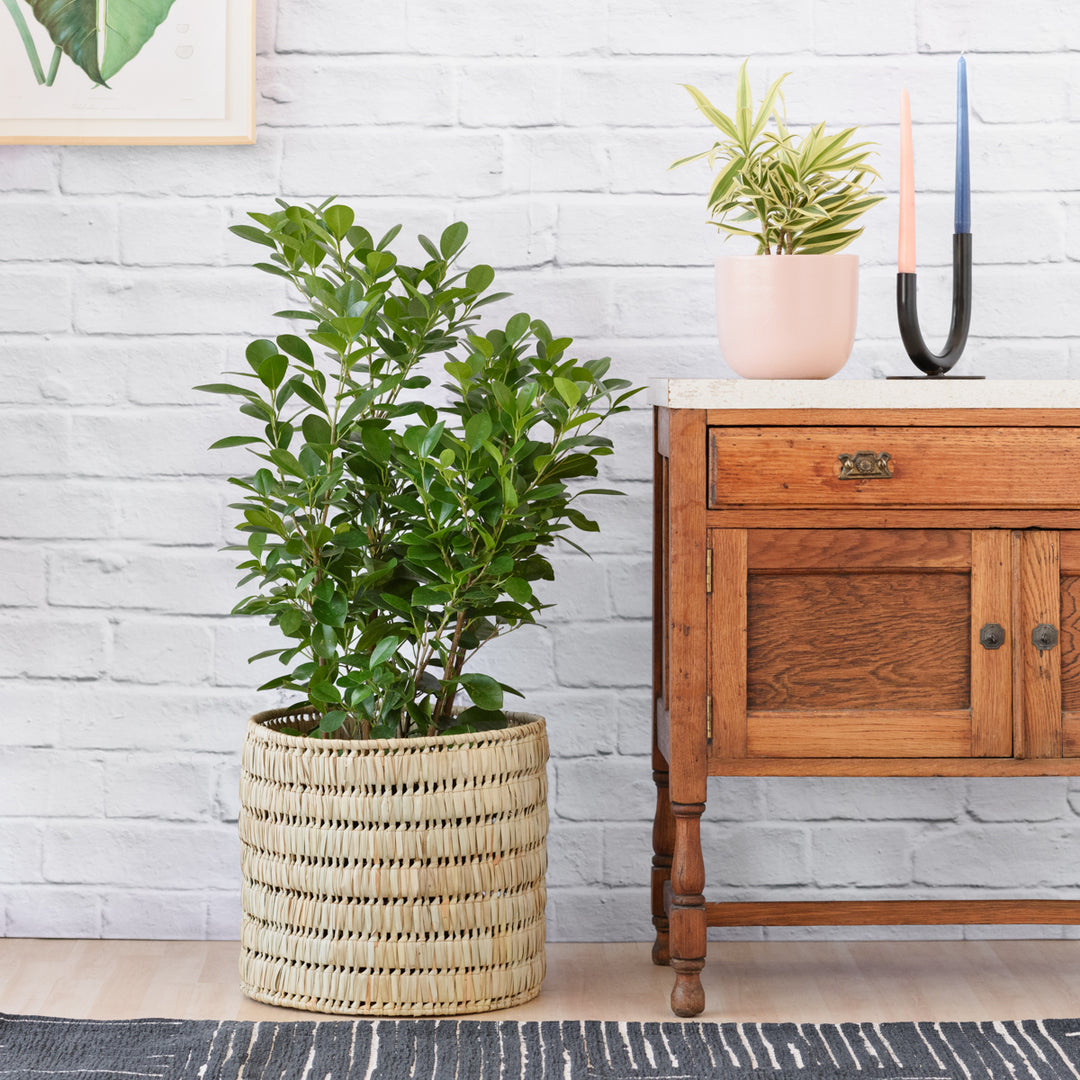
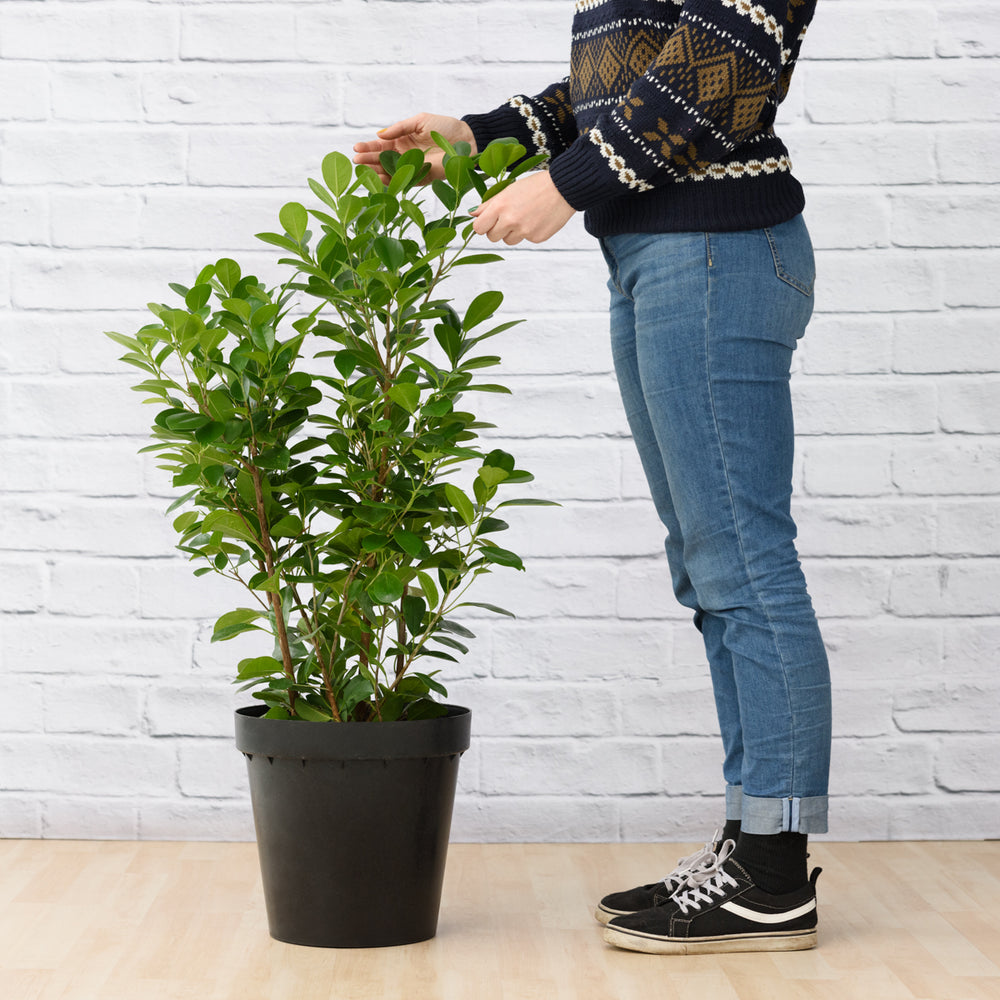

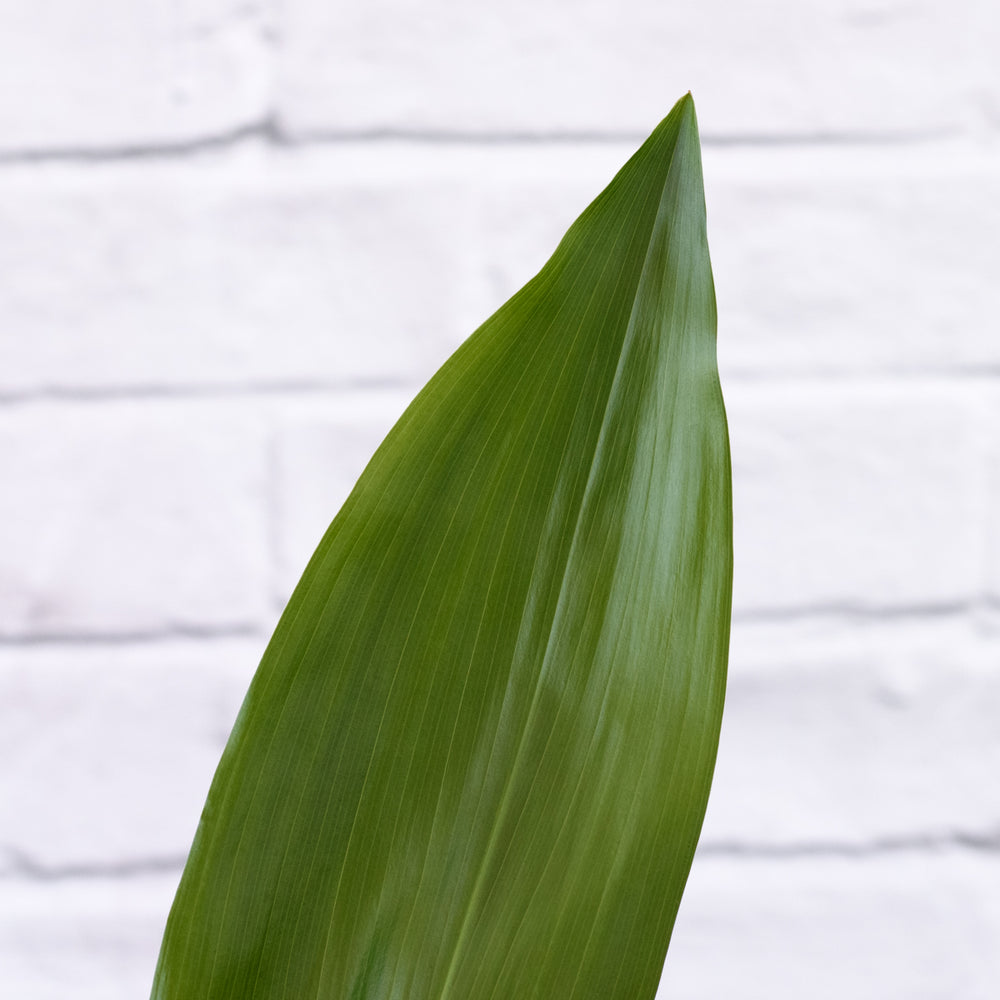
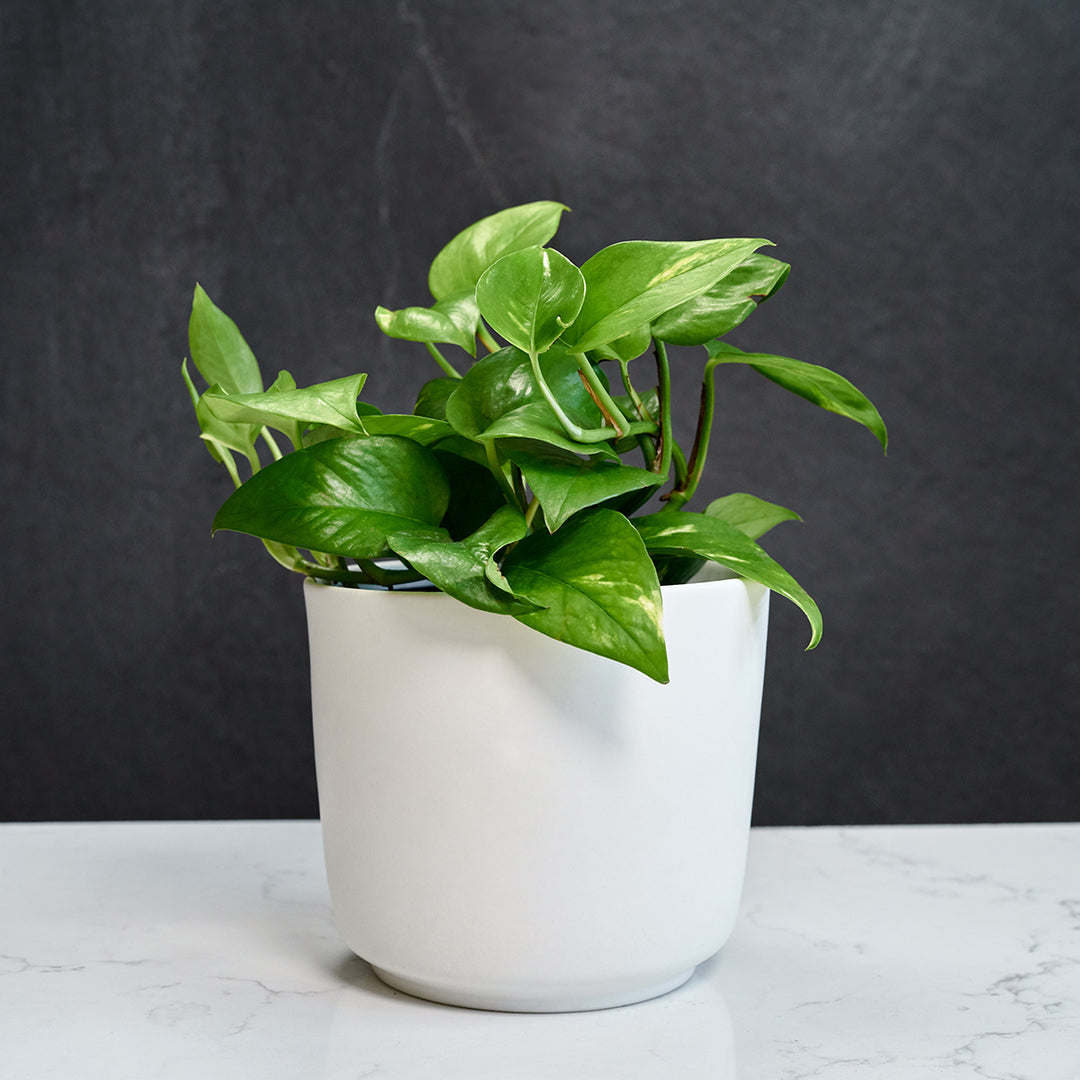
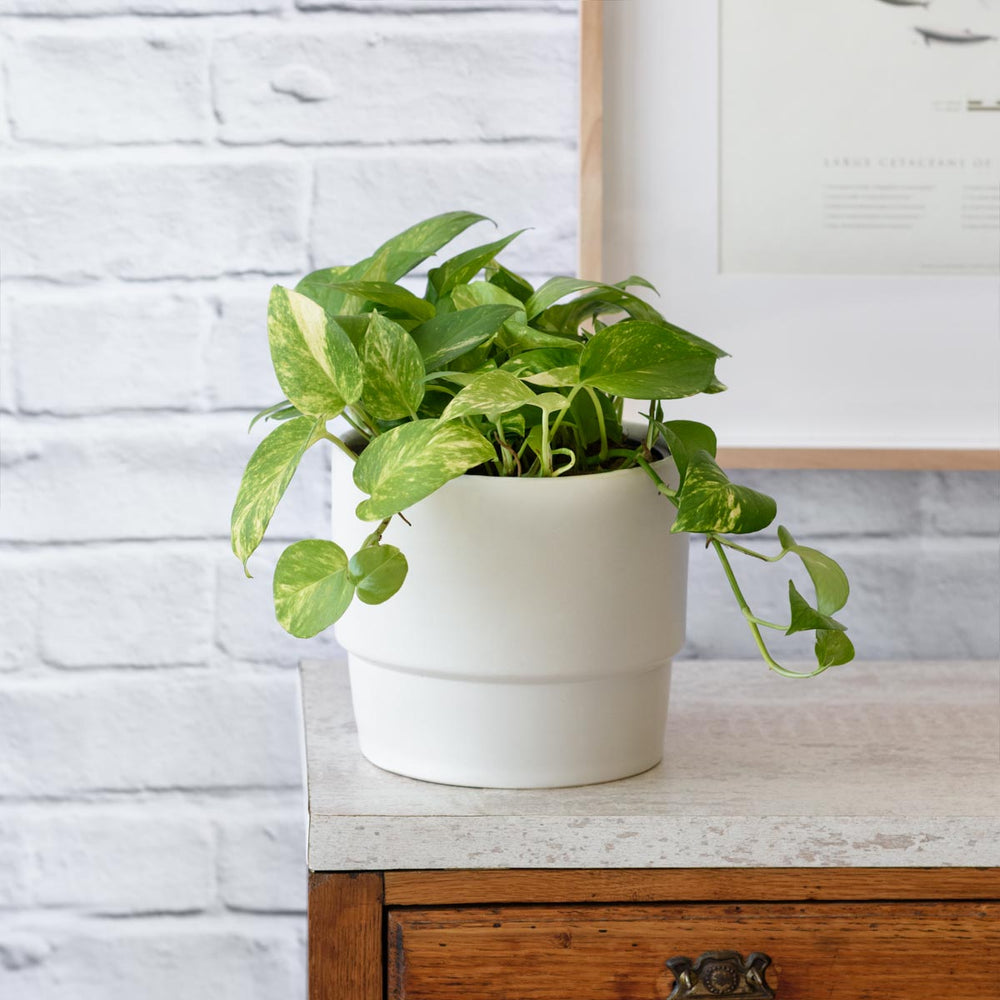

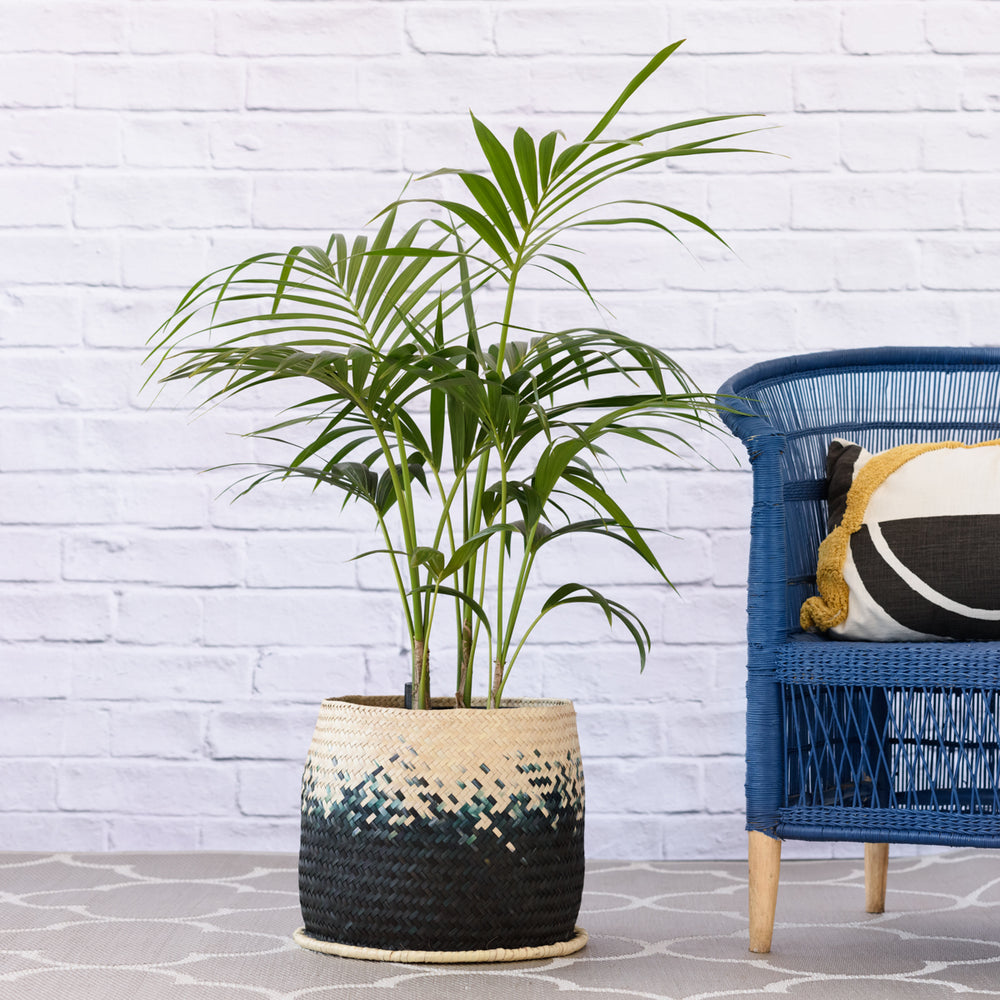

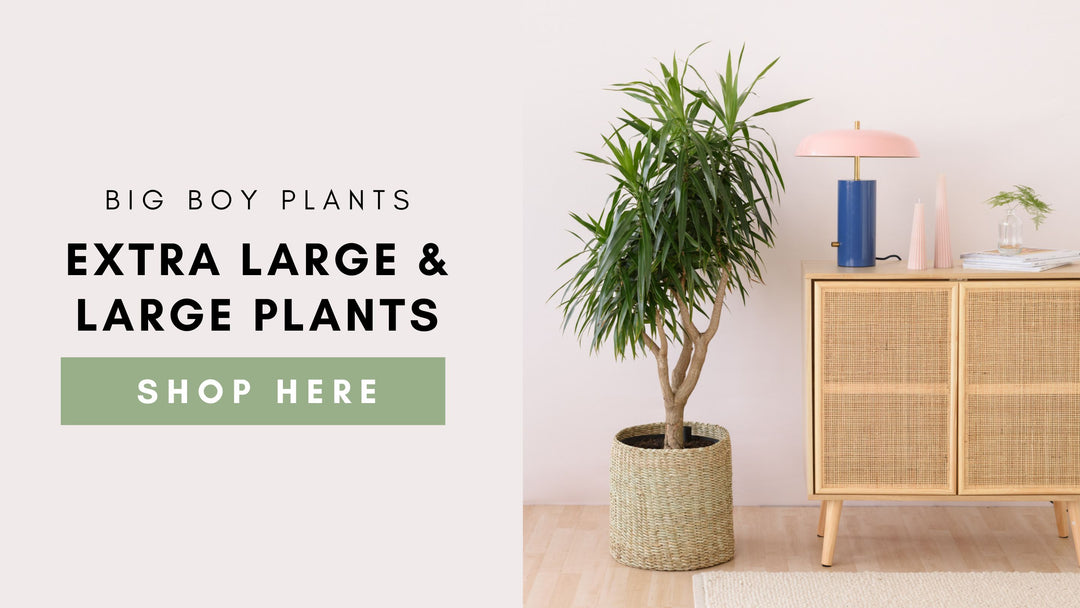
Leave a comment